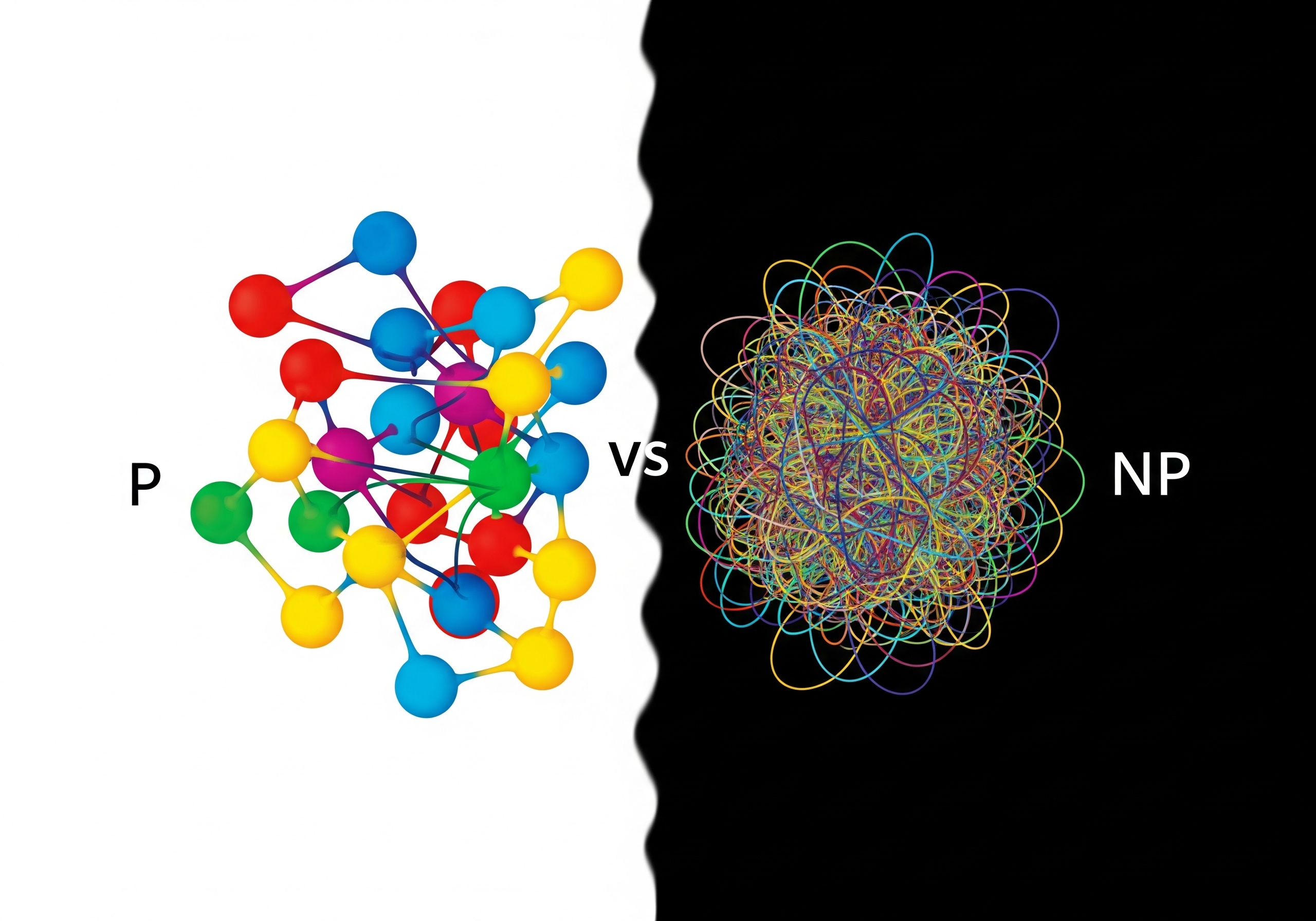Table of Contents
In the ever-evolving landscape of software development, where buzzwords like microservices and cloud-native often dominate conversations, some foundational technologies continue to quietly deliver immense value. One such unsung hero is OSGi (Open Services Gateway initiative). While it might not always be in the spotlight, OSGi’s dynamic modularity remains remarkably relevant in 2025, offering solutions to complex problems that modern architectures still grapple with.
What is OSGi?
At its core, OSGi is a set of specifications that define a dynamic component system for Java. Think of it as a sophisticated framework for building applications from small, reusable, and collaborative components called “bundles.” Each bundle is a self-contained unit with explicitly defined dependencies and exposed services. This modularity allows for applications to be composed, installed, started, stopped, updated, and uninstalled independently, all without requiring a full system restart. This is often referred to as in-process modularity, as the modularity is managed within a single Java Virtual Machine (JVM) process.
This dynamic nature, often overlooked in simpler application contexts, becomes incredibly powerful in complex, long-running systems where continuous operation and flexible extensibility are paramount.
Why OSGi Still Shines: Key Benefits in 2025
Despite the rise of containers and other virtualization technologies, OSGi continues to offer distinct advantages:
True Runtime Modularity and Hot-Swapping: This is perhaps OSGi’s most compelling feature. You can update, install, or remove individual components (bundles) of an application while the rest of the application continues to run. This is a game-changer for systems requiring high availability and minimal downtime, such as telecommunications infrastructure, industrial control systems, or large enterprise applications.
Strong Encapsulation and Dependency Management: OSGi strictly enforces boundaries between components. Bundles explicitly declare what they export (API) and what they import (dependencies). This prevents “classpath hell” and ensures that components are truly isolated, reducing conflicts and making systems more robust and maintainable. It allows for multiple versions of the same library to coexist within the same JVM, a common pain point in large Java applications.
Reduced Complexity in Large Systems: By breaking down monolithic applications into smaller, manageable bundles, OSGi significantly reduces overall complexity. Each team can focus on their specific bundles, knowing that interfaces are well-defined and side effects are minimized. This leads to easier development, testing, and debugging.
Dynamic Service Orientation: OSGi promotes a service-oriented approach where bundles communicate via a central service registry. This publish-find-bind model allows for loose coupling between components, making applications more adaptable to change and easier to extend with new functionalities.
- Efficient Resource Utilization: OSGi’s fine-grained control over component lifecycles means that resources are only consumed by active bundles. This can lead to more efficient memory and CPU usage, especially in environments with many optional features or plug-ins.
Modern Use Cases for OSGi’s Enduring Value
While its origins are in embedded devices, OSGi has evolved to be a robust solution for a variety of modern applications:
Enterprise Application Platforms: Large-scale enterprise applications, especially those requiring extensive customization, plug-in architectures, and continuous updates, benefit greatly from OSGi. Content management systems (like Adobe Experience Manager and Liferay) and application servers often leverage OSGi as their foundational modularity layer.
IoT and Edge Computing: In the Internet of Things (IoT) space, where devices often have limited resources and require remote updates without interruption, OSGi’s dynamic capabilities are invaluable. It allows for the deployment and management of services and applications on edge devices, enabling features to be added or updated on the fly.
Integrated Development Environments (IDEs): Eclipse, one of the most widely used Java IDEs, is a prime example of a highly complex application built on OSGi. Its plug-in architecture, allowing users to install and uninstall features dynamically, is a direct result of OSGi’s capabilities.
Product Line Engineering: Companies building a family of products with varying feature sets can use OSGi to manage common and differentiating components. This allows for efficient reuse and easier configuration of product variants.
Dynamic Microservices within a Single JVM: While microservices often imply separate processes or containers, OSGi can be used to achieve a highly modular, service-oriented architecture within a single JVM. This can reduce operational overhead for certain scenarios while still providing strong isolation and dynamic updates.
Conclusion
In 2025, OSGi continues to be a powerful and relevant technology for building robust, scalable, and adaptable Java applications. Its focus on dynamic modularity, strong encapsulation, and service orientation addresses fundamental challenges in software engineering that remain pertinent today. While other architectural patterns have gained prominence, OSGi stands as a testament to the enduring power of well-designed component systems, proving itself time and again as the unsung hero enabling complex, continuously evolving software solutions.







Start the conversation